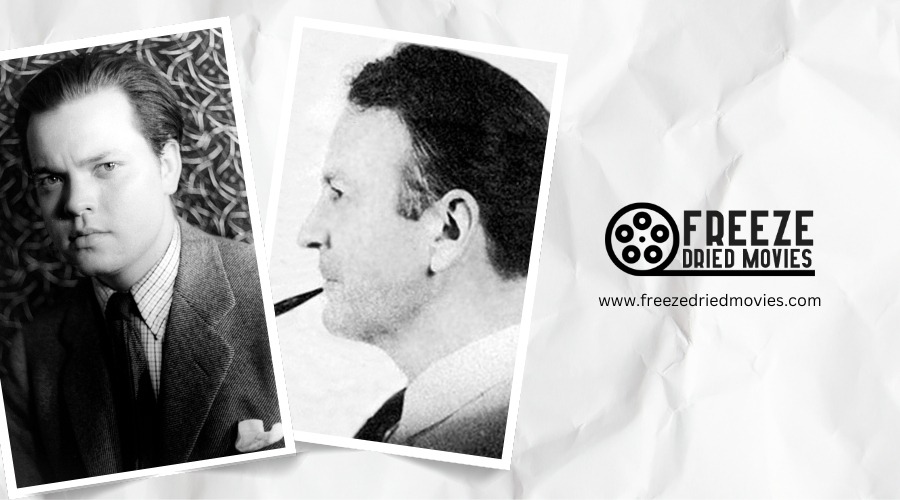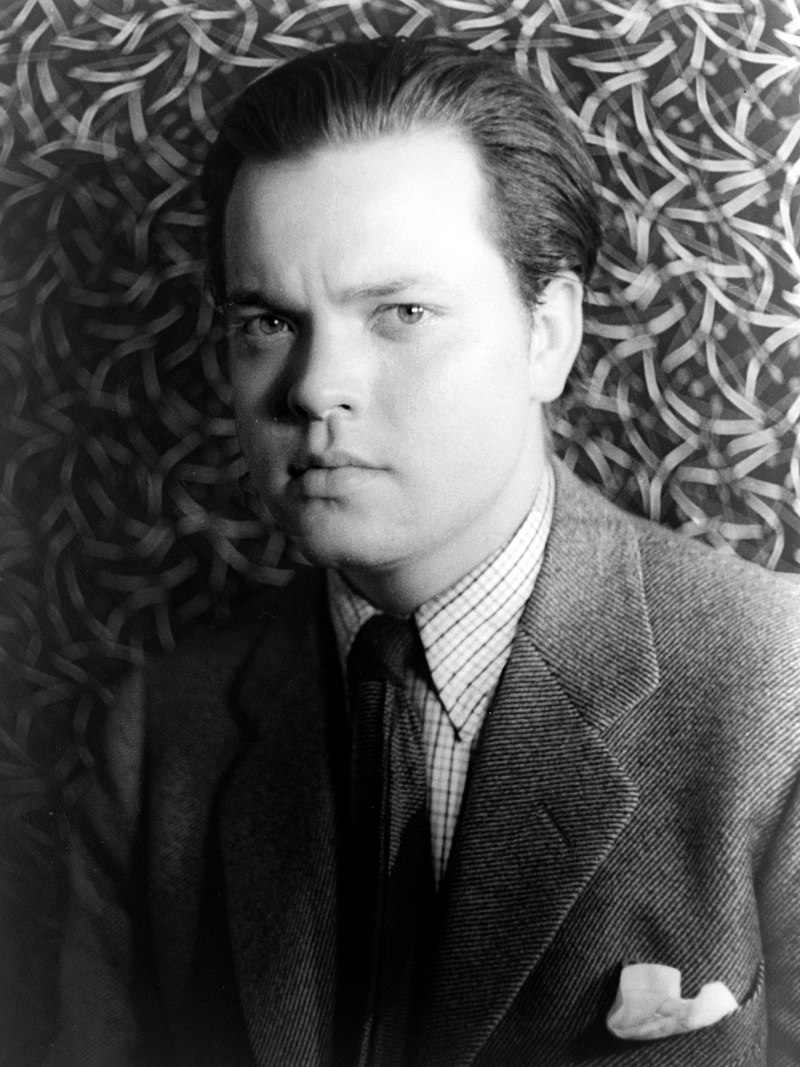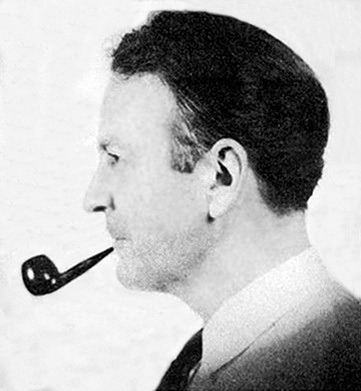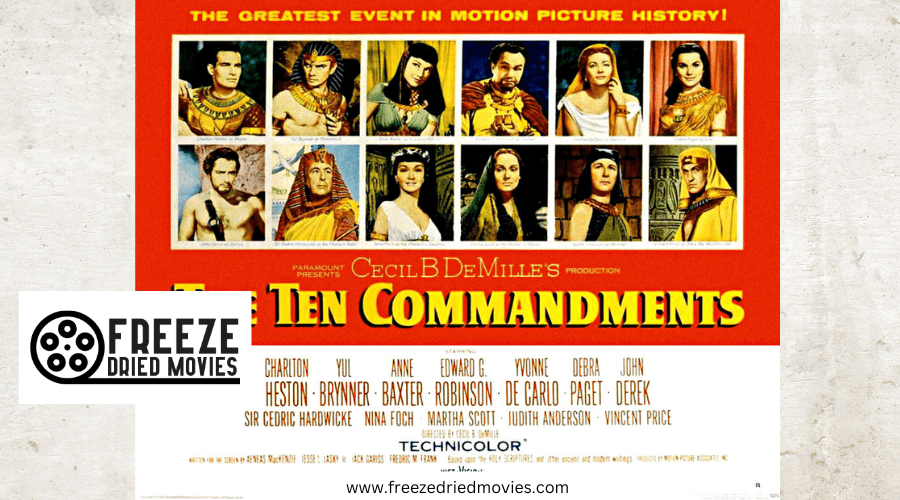The Shadows and Light of Film Noir in the 1960s: A Genre’s Evolution

Film noir in the 1960s broke free from its black-and-white constraints as directors welcomed vibrant colors and experimental techniques. You'll find radical shifts in storytelling, with themes expanding beyond personal crimes to tackle social issues like racial discrimination and institutional corruption. Directors like Truffaut and Polanski pushed creative boundaries through innovative camera work, psychological elements, and genre-blending. The noir evolution of this era opened new paths that still influence filmmaking today.
The Transformation of Noir Aesthetics
Film noir underwent a radical shift during the 1960s, breaking free from its traditional black-and-white constraints. You'll notice how directors explored vibrant colors and stylized visuals to delve deeper into their characters' psychological states.
French film critics like Truffaut and Godard revolutionized the genre by infusing it with experimental New Wave techniques, creating a more self-aware approach to storytelling.
The visual style of noir evolved dramatically as filmmakers adopted handheld cameras and innovative editing techniques. This transformation reflected the era's social turbulence and gave birth to neo-noir, where naturalistic cinematography replaced the stark shadows of classic noir.
You'll find that directors began challenging conventional noir elements, reimagining the femme fatale archetype and moral ambiguity in ways that resonated with the decade's changing cultural milieu.
Drawing from its roots in German Expressionism, the genre maintained its focus on psychological complexity while embracing modern filming techniques.
Cultural Influences and Social Change
The sweeping social movements of the 1960s spilled over into noir cinema, fundamentally reshaping its narrative focus and thematic concerns. Unlike the post-World War II noir films that largely focused on personal crimes and corruption, this new wave of noir tackled broader social issues head-on.
Throughout film history, you'll find few periods as revolutionizing for noir films as the 1960s. Directors began exploring:
- Racial discrimination and civil rights struggles
- Women's changing roles in society and crime
- Sexual identity and discrimination
- Anti-establishment sentiments and institutional corruption
The rise of independent filmmaking allowed directors to break free from traditional noir conventions. You can see this evolution in films like Point Blank and The Detective, which dared to confront taboo subjects while maintaining noir's signature style of shadows and moral ambiguity. Much like Carnival of Souls and its stark black-and-white photography, noir films of this era used innovative camera techniques to heighten psychological tension.
Key Directors and Their Innovations
Leading directors of the 1960s revolutionized noir cinema by breaking traditional conventions and introducing bold stylistic innovations. Following Orson Welles's pioneering work in The Third Man, directors like François Truffaut brought French New Wave sensibilities to the genre.
In Shoot the Piano Player, you'll find Truffaut's experimental jump cuts and nonlinear storytelling challenging noir's established narrative structure.
John Boorman's Point Blank marked another significant shift, stripping away noir's ornate visual style in favor of stark minimalism. While earlier directors emphasized shadow play and voice-over narration, Boorman let his vengeful protagonist's actions speak through precise compositions and calculated silence.
These innovations paved the way for later influential works like Polanski's Chinatown and Scorsese's Taxi Driver, which would further expand noir's creative boundaries.
The genre's evolution from its roots in German Expressionism continued to influence cinematographers' dramatic use of shadows and unconventional camera angles throughout the decade.

Psychological Elements in 1960s Noir
Unlike their predecessors, 1960s noir films ventured deep into the psychological wilderness of their characters' minds. You'll find innovative works like Repulsion and Seconds using cutting-edge camera techniques and fragmented storytelling to pull you into the unstable minds of their protagonists.
The era's growing social tensions manifested in these noir films through themes of:
- Deep-seated paranoia and conspiracy
- Loss of personal identity
- Obsessive behavior patterns
- Mental deterioration and breakdown
Directors like Polanski and Frankenheimer revolutionized the genre by blending psychological horror with noir's signature style. They employed dream sequences and unreliable narrators to delve into the darkest corners of human consciousness. Through these techniques, you're no longer just watching characters struggle - you're experiencing their psychological torment firsthand.
Genre-Blending and Experimental Approaches
Many filmmakers in the 1960s pushed noir beyond its traditional boundaries, boldly experimenting with genre-blending and avant-garde techniques. You'll find pioneering works like Godard's Alphaville, which merged noir with science fiction, while Point Blank redefined the genre through its modernist approach and fragmented storytelling.
Directors weren't afraid to shatter conventional noir formulas, mixing elements from westerns, horror, and other genres. Films like Repulsion demonstrated how noir's dark sensibilities could effectively merge with psychological horror, creating unsettling explorations of the human mind. Through disorienting camera work and nonlinear narratives, these innovative filmmakers crafted a new vision of noir that spoke to contemporary audiences. They proved that noir's shadowy world could adapt and evolve, clearing the way for neo-noir's continued development.
The Global Impact of 1960s Noir Films

Film noir's influence spread far beyond Hollywood's borders during the 1960s, igniting a creative revolution across global cinema. Following in the footsteps of French poetic realism and critic Nino Frank's early noir theories, filmmakers worldwide adapted Raymond Chandler's dark narratives to their cultural contexts.
You'll find this global noir movement manifested distinctly across different regions:
- French New Wave directors like Godard and Truffaut reimagined noir conventions
- Mexican cinema incorporated themes of social unrest and corruption
- Nordic noir emerged through Bergman's psychological depth
- Japanese directors fused noir elements with yakuza traditions
This international adaptation changed noir from an American phenomenon into a versatile global language of cinema, allowing filmmakers to investigate local themes through its distinctive style and narrative structure.




